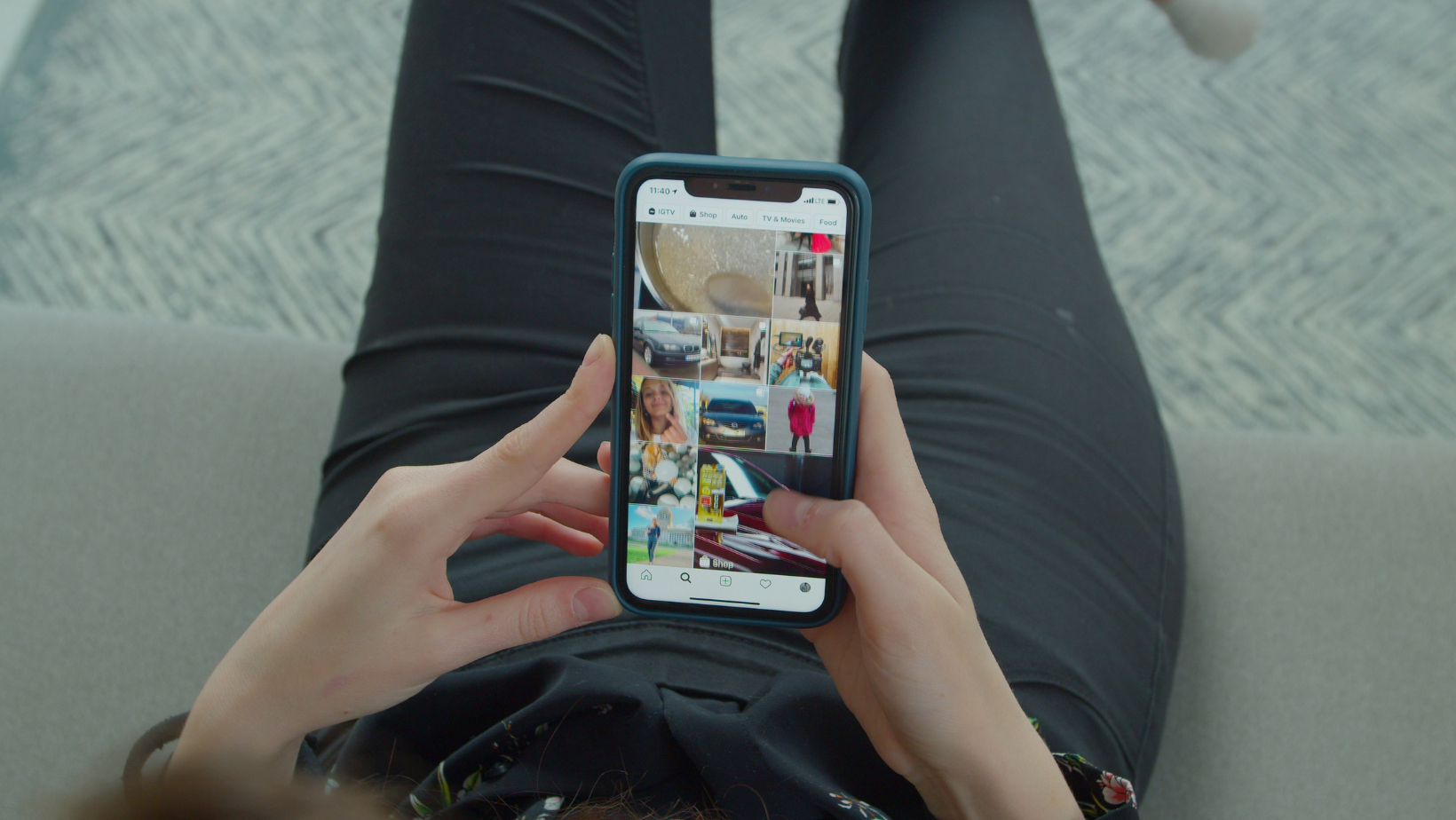TikTok expands mental health resources, as negative reports of Instagram’s effect on teens leak
TLDR
- TikTok is implementing new tactics to educate its users about the negative mental health impacts of social media in collaboration with International Association for Suicide Prevention, Crisis Text Line, Live For Tomorrow, Samaritans of Singapore, and Samaritans (UK)
Brief
TikTok is rolling out a “well-being guide” in its Safety Center, a brief primer on eating disorders, expanded search interventions, and opt-in viewing screens on potentially triggering searches.
The new guide offers targeted advice toward people using TikTok, encouraging users to consider how it might impact them to share their stories. Already, TikTok directs users to local resources when they search for words or phrases like #suicide,* but now, the platform will also share content from creators with the intent of helping someone in need.
These revelations about the negative impact of social media on mental health and body image aren’t ground-breaking, but they generate a renewed pressure for these powerful platforms to think about how to support their users (or, at the very least, add some new memos to their security center).
- Read the full article from TechCrunch
New Automation in Facebook Ads?
TLDR
- Facebook is testing a new marketing tool called Ad Strategies which uses automation to help build complete customer pipelines
Brief
The idea behind Facebook's Ad Strategies is to provide an easier-to-use advertising setup that doesn’t require as much effort for advertisers. It’s a five-step process that includes answering questions about your chosen ad strategy including what you’re selling, your sales cycle, whether you want to prioritize sales or leads, and what your budget is. From there, you can set locations, add creative and review the campaign before launch. Ad Strategies would make it a lot easier for SMBs to set up social media campaigns. The most common complaint about automation in ad tools is that it prioritizes impressions over conversions, and we’re interested to see if the Facebook Ad Strategies tool follows the same pattern. The tool is being rolled out to a select group of businesses to help automatically move consumers through their pipelines.
- Read the full article from Search Engine Land
PQ Media predicts digital out-of-home growth will fuel the industry’s recovery after its worst drop ever
TLDR
- The out-of-home (OOH) media segment suffered its worst-ever drop in revenue in 2020, plunging 13.3 percent to $51.6 billion from 2019 — yet another victim of the global COVID-19 pandemic. But, the industry is poised to bounce back quickly and effectively between 2021 and 2025, thanks to an explosion of digital technology and advances in programmatic offerings.
Brief
PQ Media is forecasting that global OOH ad revenue will grow 6.6% in 2021 to reach just over $55 billion, which still falls short of 2019’s total of just under $60 billion. However, PQ also predicts OOH will experience a compound annual growth rate (CAGR) of 7.3% between 2021 and 2025, fueled mostly by digital growth. PQ predicts global DOOH media revenue will rise at a 12.2% CAGR to eventually reach $25.0 billion in 2025, which will account for 34.2% of all OOH ad spend. This year, the report also notes, China will surpass the U.S. as the country with the largest OOH revenue generation, $10.84 billion in 2021 to the U.S.’ $9.37 billion.
According to the PQ report, digital OOH ad revenue in the U.S. fell a slightly-less-precipitous 23% in 2020 over 2019, but like the global numbers, is projected to rebound in 2021, accelerate sharply in 2022 and rise at an 8.9% CAGR to $4.43 billion in 2025 for a 37.1% share of total U.S. OOH ad revenue. Categories noted for their growth include corporate and education digital place-based networks, expected to rise 19.4 in 2021, followed by healthcare (up 14.1 percent) and transit (up 13.7 percent).
- Read the full article from Digiday








